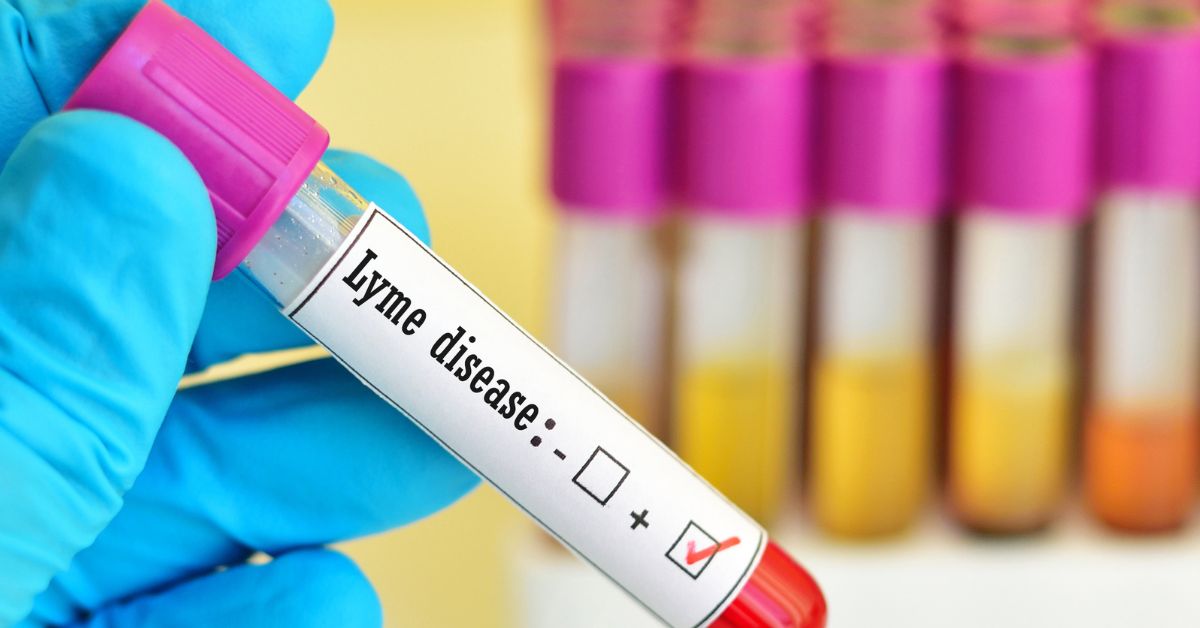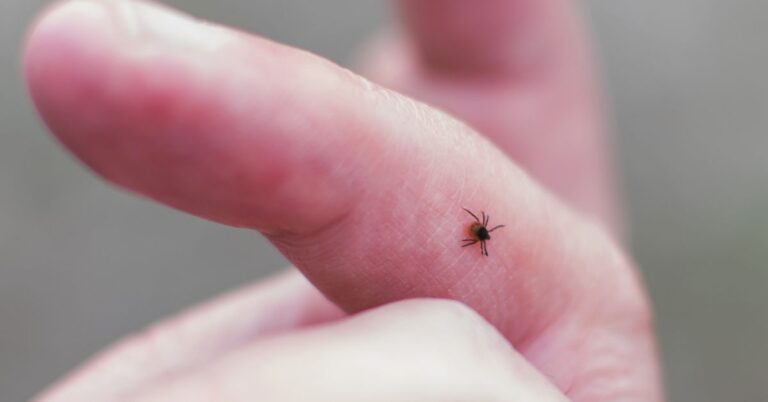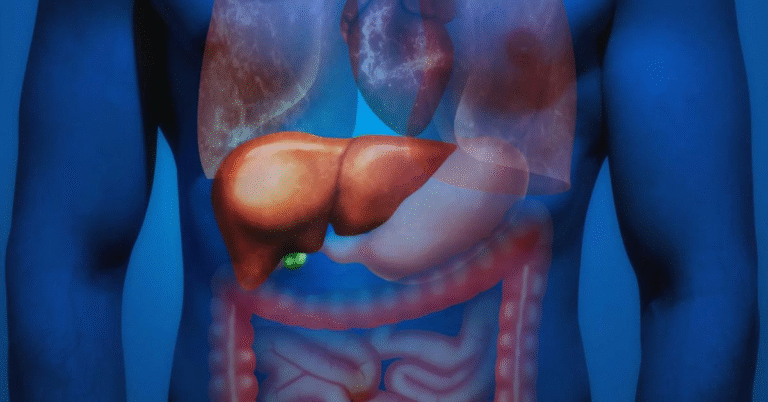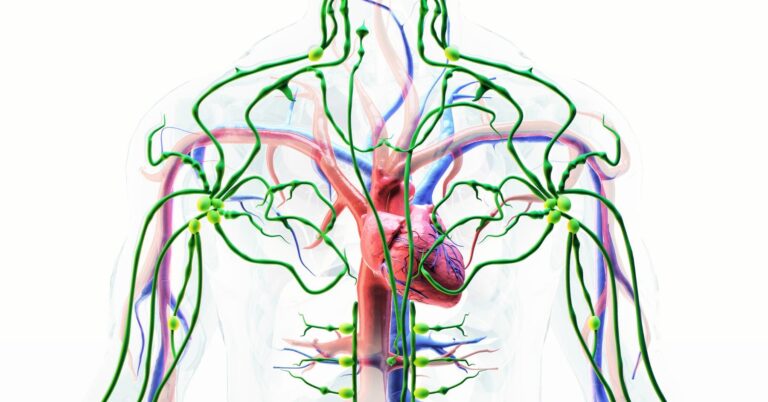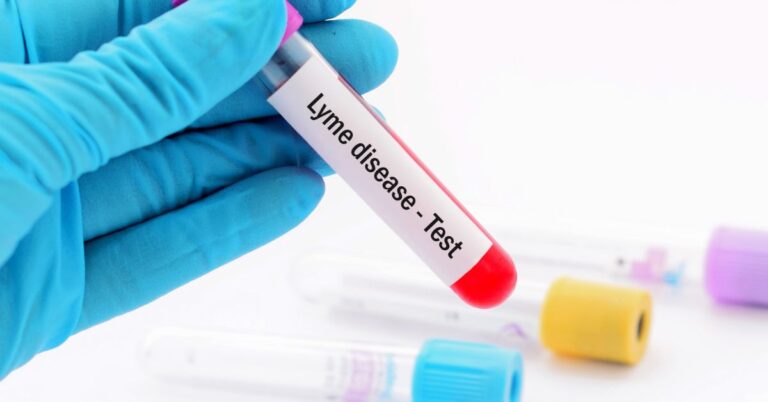How Long Does Lyme Disease Last? Timeline from Bite to Recovery
Lyme disease, a tick bite-borne condition, can catch even the most cautious outdoor lovers off guard. A single tick bite might not seem like a big deal, but if left untreated, Lyme disease can linger for weeks, months, or even years, causing lingering symptoms. If you’re wondering, “How long does Lyme disease last?” you’re not alone in seeking answers.
This guide provides a comprehensive timeline of Lyme disease, covering the infection period and the full recovery process. It also emphasizes the significance of early diagnosis and treatment in achieving a successful outcome.
What Is Lyme Disease?
Lyme disease is a bacterial infection caused by a tick called Borrelia burgdorferi. It’s spread when an infected tick bites you. These ticks are most active in spring and summer, and they can give you Lyme disease after being on your skin for 36 to 48 hours.
Lyme disease has different stages, and how quickly you get diagnosed and treated can make a big difference in how long it lasts, says Dr. Monica Shoff, MD, an infectious disease expert at the Mayo Clinic.
Timeline: From Tick Bite to Recovery
0–3 Days Post-Bite: The Window of Uncertainty
After a tick bite, you won’t feel anything right away. Most folks don’t even notice they got bitten because they’re so painless.
The bacteria might be making their way into the bloodstream, but it’s still too early for any symptoms or tests to show the infection.
3–30 Days: Early Localized Stage
This is the period when early Lyme disease symptoms may begin to show up.
Common early signs include:
- Fatigue
- Fever and chills
- Muscle aches
- Swollen lymph nodes
- A bullseye rash (erythema migrans) in ~70–80% of cases
If you get Lyme disease during this stage, don’t worry! It’s usually super treatable with a 10- to 21-day course of antibiotics. You can take doxycycline, or any other antibiotic your doctor recommends.
1–4 Months: Early Disseminated Stage
Without treatment, the infection may spread to other parts of the body. This stage brings more systemic symptoms, such as:
- Joint pain and swelling
- Nerve pain or numbness
- Facial palsy (Bell’s palsy)
- Heart palpitations or irregular heartbeat
At this stage, treatment still usually involves oral antibiotics, but intravenous antibiotics may be needed in more serious cases.
4 Months and Beyond: Late Disseminated Stage
If Lyme disease continues untreated, it may develop into late-stage Lyme, which includes:
- Chronic arthritis, especially in large joints like the knees
- Persistent fatigue
- Neurological issues, including memory loss or cognitive dysfunction
Even after antibiotics, some folks get Post-Treatment Lyme Disease Syndrome (PTLDS), which can hang around for months or even years. “PTLDS doesn’t mean the bacteria are still there,” says Dr. Karen Vanderhoof-Forschner, a Lyme disease advocate and medical researcher. “It’s more like the body’s lingering inflammatory response.”
What the Research Says About Lyme Duration
A 2024 study published in The Lancet Infectious Diseases revealed that nearly 15% of Lyme patients persisted in experiencing fatigue, brain fog, and joint pain even 6 to 12 months after treatment.
Meanwhile, NIH researchers are currently studying biomarkers to better predict which patients are at risk for long-term symptoms. A 2023 JAMA study showed that early antibiotic treatment reduced long-term complications by over 60% (NIH Lyme Disease Research).
Public Health Perspective: Why Duration Matters
Lyme disease is a serious health issue that affects many people, not just a few. It’s a growing concern in the U.S. and the UK, and we need to take action to prevent it.
Did you know that over 476,000 Americans get diagnosed and treated for Lyme disease every year? That’s a lot! And guess what? Tick habitats are getting bigger because of climate change, so Lyme is now spreading to places that weren’t supposed to have it. Dr. Shoff says, “We’re seeing more cases in urban parks and suburban neighborhoods.” It’s important to know when to get tested and treated for Lyme so you don’t let it get worse.
Tips for Faster Recovery From Lyme Disease
While not everyone’s recovery looks the same, these expert-backed tips can support healing and help reduce symptoms:
Actionable Advice for Lyme disease Patients:
- Start treatment early: Don’t wait for test results if symptoms follow a tick bite
- Follow the full course of antibiotics, even if symptoms improve
- Rest and hydrate: Give your immune system a chance to recover
- Track symptoms in a journal to help your doctor monitor progress
- Discuss PTLDS management with your provider if symptoms linger
So, How Long Does Lyme Disease Really Last?
It depends.
- With early treatment: Most people recover within 3–6 weeks
- With delayed treatment: Symptoms may last months or even years
- With PTLDS: Some experience lingering symptoms beyond 12 months
“The secret is catching it early and treating it seriously,” says Dr. Adalja. “Lyme isn’t something to ignore. If you don’t treat it, it can become a chronic illness.”
Lyme disease can be a short and mild case or a long-lasting and tough one. Knowing how long it takes after a bite to feel better can help you take action quickly, get the right treatment, and avoid serious problems in the future.
If you’ve been bitten by a tick or experience fatigue or soreness after being outdoors, don’t hesitate to consult your doctor. Early diagnosis can significantly impact your health!
Check out the healthlynic ✔️approved range of products for Weight Loss, Improve metabolism and much more!
